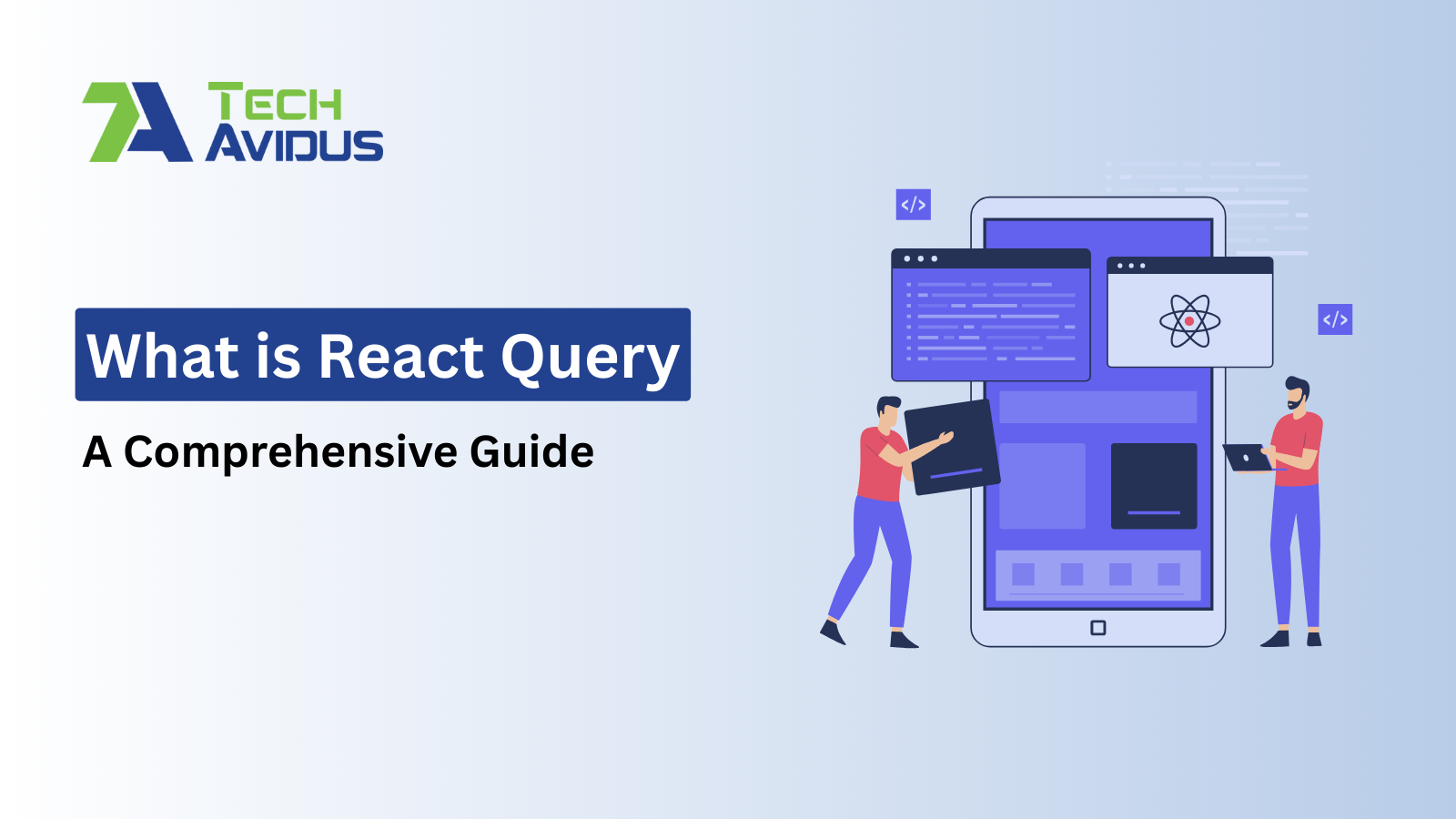
React Query has emerged as a powerful tool in the React ecosystem, simplifying the complex world of data fetching and management. Whether you're a seasoned developer or starting with React, understanding React Query can significantly enhance your ability to build efficient and responsive web applications. This comprehensive guide will explore What is React Query, how it works, and why it's a valuable addition to your toolkit.
React Query is a JavaScript library that manages and synchronizes server data within React applications. It offers many features that make data fetching, caching, synchronization, and mutation effortless and efficient. React Query is the missing piece that simplifies the complex choreography of data management in your React components.
So, why should you consider using React Query in your projects? Here are some of the advantages:
React Query is a popular library for managing and caching data in React applications. It offers several benefits that make it a valuable choice for handling data in your application:
Simplified Data Fetching: React Query simplifies data fetching by providing a set of hooks and utilities that abstract away many of the complexities of managing remote data. You can easily fetch, cache, and synchronize data with just a few lines of code.
Caching: React Query provides a built-in cache that helps reduce unnecessary network requests. It stores data in memory and updates the cache automatically when data changes, ensuring that your application remains responsive and efficient.
Automatic Data Invalidation: React Query offers automatic data invalidation and prefetching. When data becomes stale, either due to time-based or manual invalidation, React Query can automatically trigger a prefetch, ensuring that your UI always displays up-to-date information.
Real-time Data: React Query supports real-time data updates through WebSocket connections or other mechanisms. This is especially useful for building features like live notifications and chat applications.
Server-Side Rendering (SSR) Support: React Query is designed to work seamlessly with server-side rendering (SSR) and can help you fetch data on the server and pass it to the client. This can improve the performance and SEO of your application.
Built-in Devtools: React Query includes a set of devtools that make it easier to inspect and debug your data fetching and caching. These tools provide valuable insights into what's happening behind the scenes.
Suspense Mode: React Query offers a Suspense mode, which can make your code more intuitive and synchronous, similar to how you work with React's built-in data fetching functions like useEffect and useState.
Error Handling: React Query provides robust error-handling features, making it easier to handle various types of errors that can occur during data fetching.
Cross-Component Data Sharing: You can share data across components more easily with React Query. This can reduce prop drilling and make your code more maintainable.
Extensibility: React Query is highly extensible and allows you to customize its behaviour to suit your specific needs.
Rich Ecosystem: React Query has a thriving ecosystem with numerous plugins and integrations that allow you to extend its capabilities even further. It also has companion libraries like React Query Devtools and React Query Client for server-side data fetching.
React Query operates around the concept of "queries" and "mutations." Queries are used to fetch data, while mutations are used to update data on the server. Here's a basic workflow of how React Query operates:
Defining Queries: You define your data-fetching queries using the useQuery hook. These queries specify the API endpoint and any parameters required.
Fetching Data: When you call the useQuery hook in your component, React Query sends a request to the specified API endpoint and stores the response in its cache.
Automatic Data Sync: React Query will automatically fetch the data when needed, such as when the data becomes stale or when the user explicitly requests it.
Optimistic Updates: For mutations, you can use the useMutation hook to define update operations. React Query allows you to perform optimistic updates by immediately updating the UI and then synchronizing with the server.
Global State: The data fetched and managed by React Query is accessible globally throughout your application, which is incredibly useful for components that need to share data.
Devtools: You can monitor the status of your queries and mutations using the React Query Devtools extension, which provides insights into the library's behaviour and allows for easy debugging.
React Query is a game-changer in data fetching and management in React applications. Its powerful features, TypeScript support, and performance optimizations simplify complex tasks and elevate your ability to build efficient and responsive web applications. As you continue your journey with React Query, you'll find it to be a valuable and indispensable tool in your React toolkit.
Our Top 1% Tech Talent integrates cutting-edge AI technologies to craft intelligent, scalable, and future-ready solutions.
All Rights Reserved. Copyright © 2025 | TechAvidus